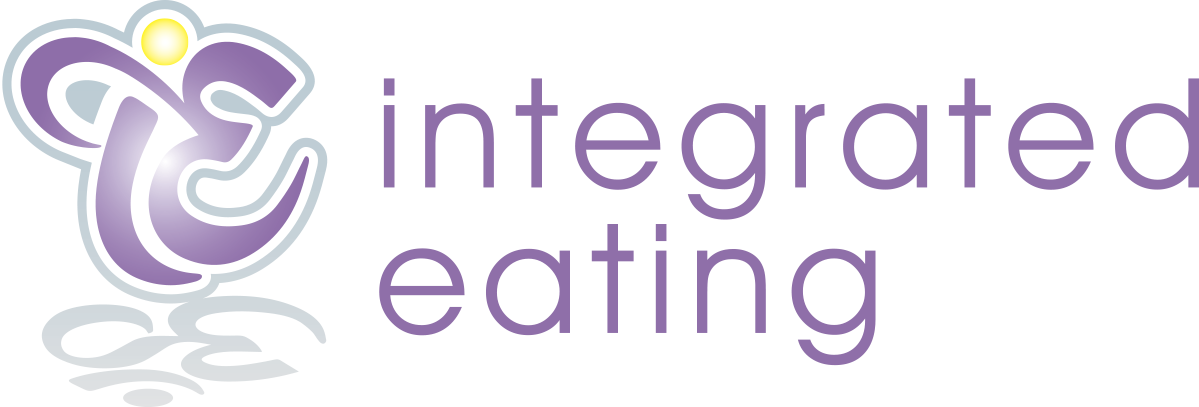There has been significant controversy over the past month about fiber; what it is, how it has been used, and what constitutes excess. Tanya Zuckerbrot, founder of the F-Factor Diet, has recently made headlines for the negative consequences imposed by too much fiber in diets. While fiber intake is an integral part of good nutrition, fiber also can cause a body major distress when over-consumed. Fiber - is it friend or foe? This month’s Debunking Nutrition Myths blog is dedicated to setting the story straight about fiber.
First, let’s understand what fiber is as a constituent in our diets.
Fiber is a type of carbohydrate that the body is unable to digest and therefore we are unable to obtain any energy and/or calories from it. Fiber can be found in plant-based foods such as whole fruits, vegetables, beans, nuts, and whole grains. Since fiber is indigestible it goes through the gastrointestinal tract (GI) untouched until it is excreted. By adding bulk to stomach contents fiber can suppress appetite and give the sensation of feeling full.
There are two types of fiber: soluble and insoluble, both of which are needed daily. Soluble fiber, found in beans, oats, and apples, dissolves in water and forms a gel-like consistency making it easier to have a bowel movement and can help lower blood cholesterol. Insoluble fiber, found in nuts, cucumbers, fruit with edible seeds, and corn, does not dissolve in water and adds bulk to stool allowing the digestive tract to move the food through more quickly.
How much do we REALLY need?
The Academy of Nutrition and Dietetics recommends the following for dietary fiber: 25g/day for adult women and 38g/day for adult men, with the mean intake of dietary fiber in the United States at 17g/day, only 5% of the population meeting the Adequate intake (https://pubmed.ncbi.nlm.nih.gov/26514720/). By eating a variety of plant-based foods one can usually achieve the recommended amount.
Fiber has been clinically proven to be helpful in improving blood cholesterol levels, digestion, cardiovascular disease, and even cancer. Fiber has become a panacea, solving many health issues seemingly without any negative implications. Is there such a thing as too much?
Increasing one’s fiber intake needs to be done slowly. Fiber stays in the GI system and increasing too quickly can cause GI distress. This is because the bacteria in the gut can digest and absorb fiber and will start to eat the fiber that the human body cannot. The byproduct of bacteria metabolizing fiber in the gut is gas which causes bloating, stomach cramps, and abdominal pain. Increasing fiber intake slowly, such as adding in a piece of fruit or a serving of beans to your diet, gives the body and bacteria time to adjust to its new diet.
Fiber From 0 to 100
Going from “0 to 100” and adding high fiber foods or fiber supplements to meals too quickly will cause major issues to the body. For one, the bacteria in the GI system reacts intensely to its new diet, producing significantly more gas. This intense reaction can happen through high/concentrated fiber
foods and is especially acute when fiber supplements are added. The F-Factor diet essentially recommends adding fiber powder to many foods that fiber is not naturally found; coffee, waffles, ice cream etc. One serving size (two scoops) has 20g of fiber; that is 80% of recommended fiber for the day for women and 53% for men. When supplements are used excessively they usually have negative consequences. Those following the F-Factor diet complained of severe gastric distress, full body rashes and even amenorrhea! In addition, high amounts of fiber reduces calcium absorption creating a possibility that you are doing way more harm than good by revving your fiber intake.
Here’s an example of how it happens: Let’s take bean pasta for example which concentrates the fiber found in beans into higher doses. The Black Bean pasta by Explore Cuisine has 11g of fiber per serving, that is 44% of the recommended amount for women and 29% for men. Half a cup of black beans has 7.5g of fiber. Most people have more than one serving of pasta thus the amount of fiber is most likely increased. When recommending these concentrated doses of fiber to patients I always warn to do so slowly and if any adverse effects happen to discontinue immediately.
The Bottom Line:
Promoting unlimited amounts of fiber in the diet for the intention to suppress appetite, promote fullness and weight loss is NOT HEALTHY! Excessive fiber intake, particularly through supplements, can cause major GI distress such as:
bloating
abdominal pain
flatulence
diarrhea
intestinal blockage
It is advised that anything over 70g/day can have negative effects, however that upper limit depends on the fiber intake someone had previously (https://studentaffairs.duke.edu/sites/default/files/u110/TooMuchFiber082015.pdf). As mentioned above, it is important to increase fiber slowly if needed and not to intentionally use it as a diet aid.
In eating disorder treatment fiber supplements can be useful, especially when the body is not used to certain types of food or amounts of food and need a boost to help normalize bowel function. In addition, finding balance in recovering includes a diet rich in fiber filled foods. However, when the intention behind taking a fiber supplement is to suppress appetite and ignore physical pains, it becomes an eating disorder symptom instead of being recovery friendly. Integrated Eating maintains our stance that we are against dieting culture BECAUSE they include violent treatment of the body and promotes a negative relationship with food. There is no room in our practice for that kind of treatment to our body!

